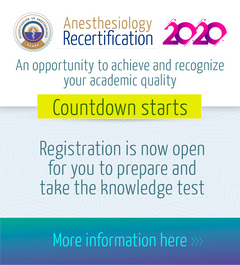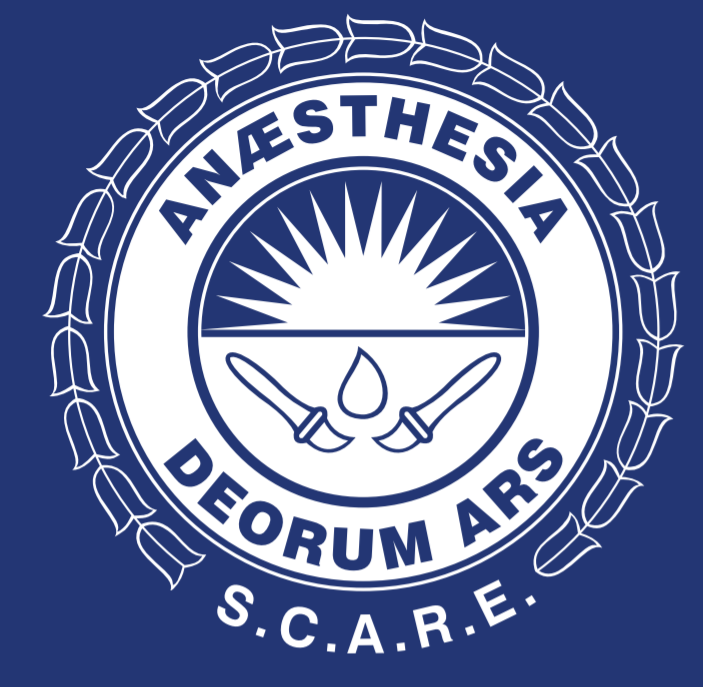Bilateral vocal fold paralysis after COVID-19 infection. Another neuro-invasive manifestation? Case series
Abstract
The agent that causes the coronavirus disease (COVID-19), associated with the severe acute respiratory syndrome (SARS-CoV-2), produces a spectrum of symptoms that mainly affect the respiratory system, the central nervous system (CNS), the regulation of hemostasis and the immune system.
Bilateral vocal fold paralysis (BVFP) is a condition of unknown incidence among infected patients, either because it is short-lived or because of the difficulty in establishing a direct cause to the virus.
Viral infection has been described in the literature as a cause of BVFP and there is the suspicion that a proportion of the idiopathic cases are due to undiagnosed viral infections.
Although the neurotropic mechanisms for SARS-CoV-2 remain unclear, there is strong evidence to ensure its neuroinvasive potential.
The most frequent etiologies of BVFP are trauma, neoplasm, and neurological, but a viral origin should not be ruled out. Causality between COVID-19 and BVFP is plausible and will require further study in the short and long term.
References
Suárez Aguilar L. Recomendaciones para la sedación fuera del quirófano durante la pandemia de COVID-19. Colombian Journal of Anesthesiology. 2020;48(4):e929. doi: https://doi.org/10.5554/22562087.e929
Flórez ID, Sierra JM, Calvache JA. Evidencia y toma de decisiones en tiempos de pandemia. Colombian Journal of Anesthesiology. 2020;48(4):e931. doi: https://doi.org/10.5554/22562087.e931
Martínez-Oropeza LC, González-Ojeda A, Góvea-Camacho LH, Macías-Amezcua MD, Fuentes-Orozco C. Manejo de la parálisis bilateral de cuerdas vocales mediante cordectomía con láser. Rev Med Inst Mex Seguro Soc. 2014;52(2):162-67.
Toutounchi S, Eydi M, Golzari S, Ghaffari M, Parvizian N. Vocal cord paralysis and its etiologies: a prospective study. J Cardiovasc Thoracic Res. 2014;6(1):47-50. doi: http://www.doi.org/10.5681/jcvtr.2014.009
Pinto JA, Godoy LB, Marquis VW, Sonego TB, Leal Cde F. Inmovilidad de las cuerdas vocales bilateral: diagnóstico y tratamiento. Rev Bras Otorrinolaringol. 2011;77(5):594-9. doi: http://www.doi.org/10.1590/s1808-86942011000500010
Dankbaar JW, Pameijer FA. Vocal cord paralysis: anatomy, imaging and pathology. Insights Imaging. 2014;5(6):743-51. doi: http://www.doi.org/10.1007/s13244-014-0364-y
Li Y, Garrett G, Zealear D. Current treatment options for bilateral vocal fold paralysis: A state-of-the-art review. Clin Exp Otorhinolaryngol. 2017;10(3):203-12. doi: http://www.doi.org/10.21053/ceo.2017.00199
Rasmussen ER, Mey K. Vocal cord paralysis associated with Ramsay Hunt syndrome: looking back 50 years. Case Reports. 2014;2014:bcr2013201038. doi: http://www.doi.org/10.1136/bcr-2013-201038
Dupuch V, Saroul N, Aumeran C, Pastourel R, Mom T, Gilain L. Bilateral vocal cord abductor paralysis associated with primary herpes simplex infection: a case report. Eur Ann Otorhinolaryngol Head Neck Dis. 2012;129(5):272-4. doi: http://www.doi.org/10.1016/j.anorl.2012.02.004
Zaki SA, Shanbag P. Bilateral vocal cord palsy: A rare complication of varicella in children. Indian J Crit Care Med. 2012;16(1):62-3. doi: http://www.doi.org/10.4103/0972-5229.94447
Sethi KP, Batra A, Sethi NK, Torgovnick J, Arsura E. Vocal cord palsy: an uncommon presenting feature of myasthenia gravis. Ann Indian Acad Neurol. 2011;14:42-3. doi: http://www.doi.org/10.4103/0972-2327.78049
Wu Y, Xu X, Chen Z, Duan J, Hashimoto K, Yang L, et al. Nervous system involvement after infection with COVID-19 and other coronaviruses. Brain Behav Immun. 2020;87:18-22. doi: http://www.doi.org/10.1016/j.bbi.2020.03.031
Baig AM, Khaleeq A, Ali U, Syeda H. Evidence of the COVID-19 Virus targeting the CNS: Tissue distribution, host-virus interaction, and proposed neurotropic mechanisms. ACS Chem Neurosci. 2020;11(7):995-8. doi: http://www.doi.org/10.1021/acschemneuro.0c00122
Saleki K, Banazadeh M, Saghazadeh A, Rezaei N. The involvement of the central nervous system in patients with COVID-19. Reviews in the Neurosciences. 2020;31(4):453-6. doi: http://www.doi.org/10.1515/revneuro-2020-0026
Carod-Artal FJ. Complicaciones neurológicas por coronavirus y COVID 19. Rev Neurol. 2020;70(09):311-22. doi: https://doi.org/10.33588/rn.7009.2020179
Trujillo Gittermann LM, Valenzuela Feris SN, von Oetinger Giacoman. Relación entre COVID-19 y síndrome de Guillain-Barré en adultos. Revisión sistemática. Neurología. 2020;35(9):646-54. doi: http://www.doi.org/10.1016/j.nrl.2020.07.004
Sattar Y, Ullah W, Rauf H, Hassan H, Sunita V, et al. COVID-19 cardiovascular epidemiology cellular pathogenesis, clinical manifestations and management. Int J Cardiol Heart Vasc. 2020;29:100589. doi: http://www.doi.org/10.1016/j.ijcha.2020.100589
Downloads
| Article metrics | |
|---|---|
| Abstract views | |
| Galley vies | |
| PDF Views | |
| HTML views | |
| Other views | |














